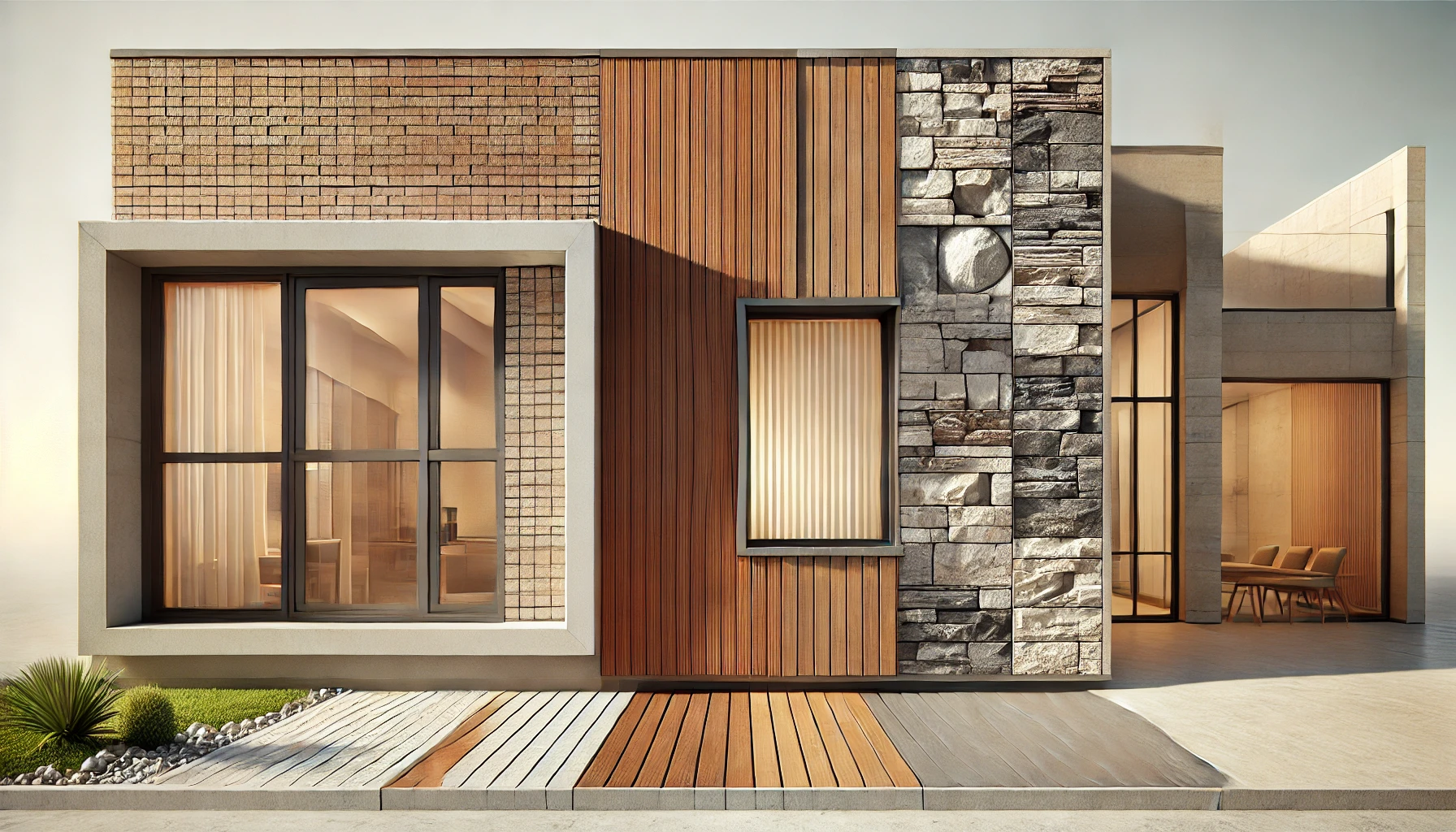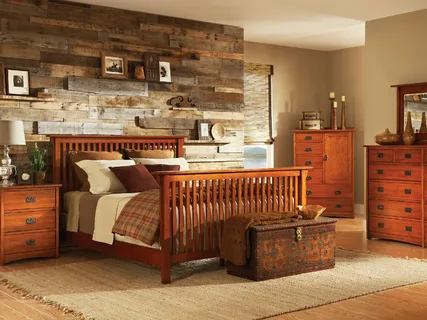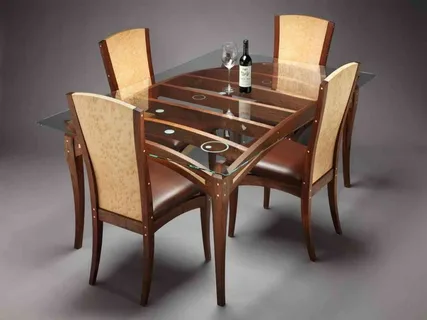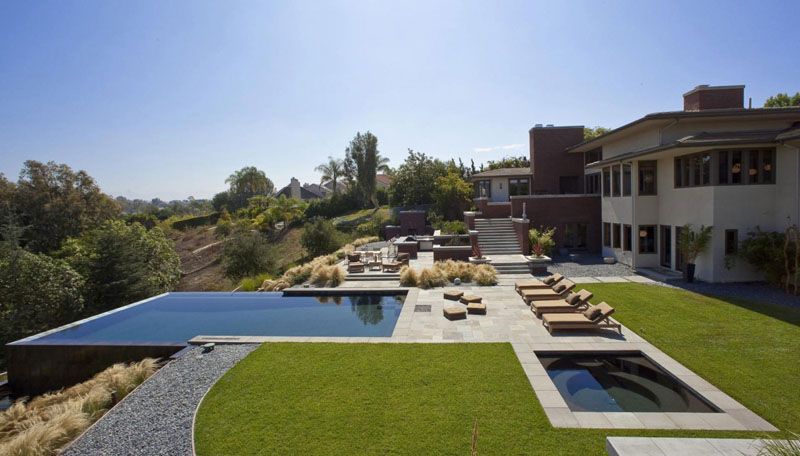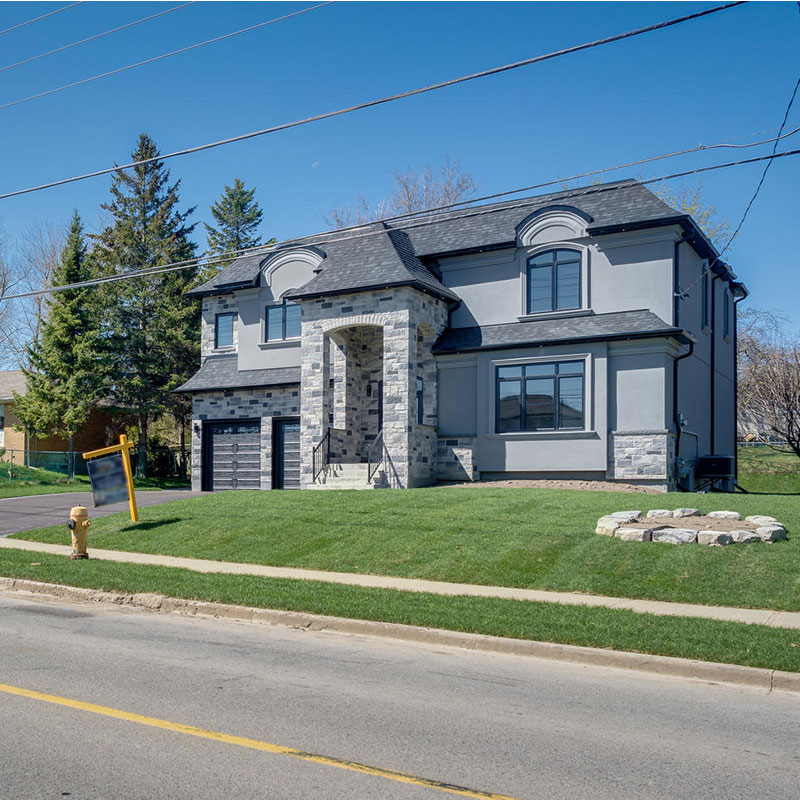Landscaping trends may come and go, but when it comes to cladding tiles, it has been rising in demand from the last decade. And, for all good reasons. This paving technique not only adds character to your walls, but it also brings tons of functional benefits along the way, like insulation, protection and structural stability.
But choosing the right material for wall cladding is very important. They can either make it break the entire look and feel. Today, we will be comparing the three most popular ones in the market: brick, wood and natural stone.
Let’s get started!
Brick Wall Cladding
You must have seen this material all over your neighbourhood. It is one of the most common building materials when it comes to walling. Offering a timeless appeal along with a traditional finish, they have been used in Australian homes for a millennium. Even though they are man-made, they offer good thermal insulation, fire resistance and low maintenance. It is these features that make it an ideal choice for cladding a lot of areas, such as backyard, garden, entrance and more.
Brick wall cladding comes in a variety of colours, shapes and sizes to suit both conventional and modern designs. Traditionally used for external applications, it has gained popularity in interior designing. You can create unique feature walls with their texture and character. This versality helps homeowners and landscapers to achieve a wide range of themes, from rustic charm to contemporary elegance.
Pros:
- Classic and timeless design
- Durable and fire-resistant
- High thermal mass
Cons:
- Heavy and may require additional support
- Costly
Natural Stone Cladding
Natural stone wall cladding is a high-end alternative that adds an organic feel to any space. They are available in a variety of types in the market, from Travertine to Slate and Granite. Each of these stones have their own distinct colour, texture and pattern. Known for their strength, they also bring other functionalities. Out of all the most popular features are them being able to resist weather changes and other elements easily.
You can use them for both internal and external applications. Sourced ethically, they are one of the most sustainable building materials. You can recycle and reuse these stone wall cladding in case you ever renovate. Even though the initial investment is a lot compared to wood or brick, the long-term benefits makes it a wise choice. They excel in terms of beauty and performance for a long time.
Pros:
- Natural and exquisite appearance
- Durable and long-lasting
- Low maintenance requirements
Cons:
- Expensive because of its premium quality
- Heavy and needs professional intervention
Wooden Cladding
Wood remains one of the most aesthetically beautiful cladding materials available. Timber cladding is often laid on long, thin boards. These boards can be installed horizontally, vertically or diagonally, and the final result can be completely customized to get the required decorative finish. This adaptability allows architects and designers to create distinctive patterns and textures that enhance the building’s appearance. Furthermore, wood’s natural insulation characteristics improve energy efficiency by offering good thermal insulation. However, it is vital to note that wood cladding requires regular care to avoid problems like rotting and degradation. Proper maintenance and care are required to maintain the life and durability of wooden panelling.
Pros:
- Warm and welcoming appearance
- Adaptable for painting or staining
- Effective insulation
Cons:
- Requires frequent care to avoid rotting and deterioration
- Susceptible to pests
Which Wall Cladding Should You Choose for Longevity?
To summarise, when selecting wall cladding materials, consider longevity, maintenance, and aesthetic appeal. Brick has a traditional, timeless look while delivering great thermal insulation and fire protection. However, it is hefty and may need extra structural support. Furthermore, bricks may be expensive, and installation can be labour-intensive. Wood has a warm and inviting appearance and is adaptable to a variety of treatments. It provides great insulation but must be maintained on a regular basis to avoid rotting and degeneration. Wood is also prone to pests, which can shorten their lifespan. Natural stone cladding is well-known for its durability and low maintenance needs. It has a natural and magnificent look, which improves the building’s visual appeal. While it is a more expensive alternative and may be heavier, its long-term benefits, such as durability and little maintenance, make it an excellent investment.
In conclusion, while brick and wood have their advantages, natural stone wall cladding is the better choice for long-term durability and low maintenance. Its ageless beauty and toughness make it a fantastic choice for increasing the longevity and visual appeal of your structure.






